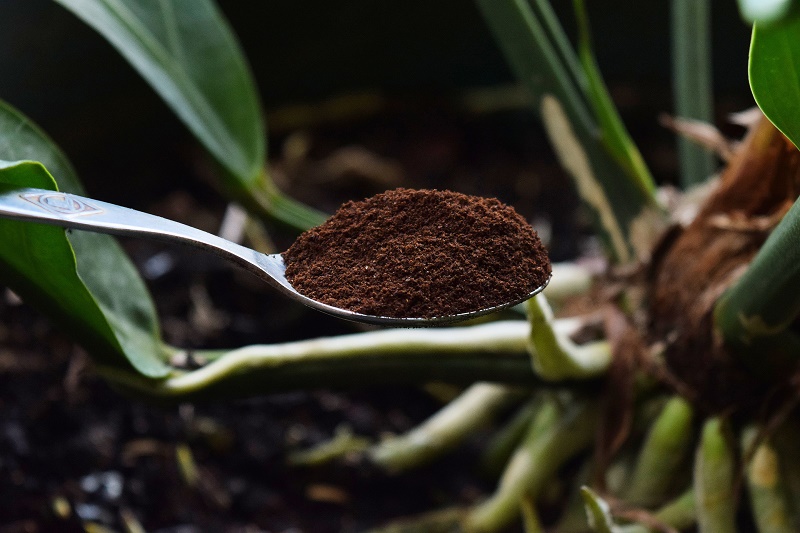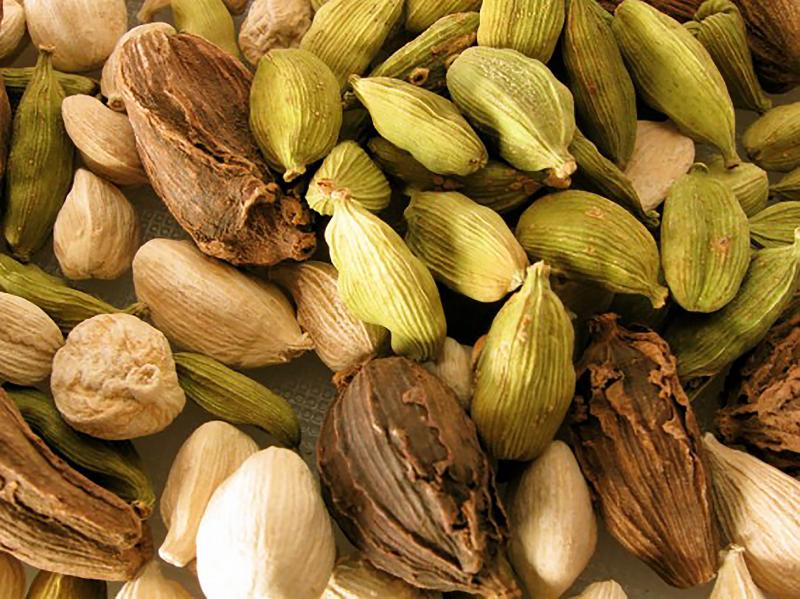If indoor plants do not feel very vigorous - the stems have become thin, and the leaves wither and fall off, it means that they lack nutrients and it is time to feed them. To do this, you can use not only store-bought fertilizers, but also several home methods.
Sugar
Sugar water is not only suitable for extending the life of cut flowers. The roots of potted plants can also absorb sugar, which contains the glucose necessary for life. If you have live plants with withered leaves, a little sugar solution will often bring them back to life. But don't oversaturate the plants with sugar, use about 1 teaspoon per liter of water. You can also use glucose purchased from a pharmacy.
Coffee
Coffee is a good source of nitrogen for the soil both in the garden and in the pot. The coffee grounds spread on the ground around the plants serve as a mild fertilizer that increases the acidity of the soil. Alternatively, you can simply mix the dormant coffee with the soil to make it soft and loose. If you decide to water your indoor plants with coffee, keep a close eye on them. If the foliage starts to turn yellow or the tips of the leaves turn brown, this is a sign that the coffee is too oxidizing the soil. In this case, use a weaker coffee solution or stop using coffee altogether.
Tea
Tea leaves contain about 4.15% nitrogen and other nutrients that feed the soil. Tea also improves the structure of the soil and increases drainage, and the tannic acid in its composition can slightly alter and lower the pH of the soil. It is a great organic way to control fungi, pests, and plant nutrition.
Banana peel
Banana peels contain many of the nutrients needed for healthy potted plants. As it decomposes, banana peels add potassium to the soil, small amounts of phosphorus, magnesium and nitrogen, similar to a slow-release fertilizer. You can start the fertilization process by placing a banana peel on the bottom of the pot while planting the plant. You can also pour boiling water over the finely chopped peel, leave for 12 hours and pour the flowers with this infusion.
Ash
Wood ash contains potassium, which is vital for ornamental crops. Just like in humans, potassium regulates the water balance of plants and participates in the transport of nutrients within the plant to create sugars and starches. Wood ash raises the pH, reducing the acidity of the soil. Ash can simply be mixed with soil.
Yeast
Habitual pharmaceutical yeast is a storehouse of minerals, iron and many trace elements. Plants fertilized with yeast are much stronger than those that are not. It should be remembered that as a result of the "work" of the yeast, potassium is absorbed, therefore it is recommended to add ash along with the yeast.
To prepare top dressing, use a kilogram of yeast per five liters of water, then dilute the solution with water in a ratio of 1:10 before use. The yeast must be fresh.
Onion peel
Use onion peels to create an organic potash fertilizer for all your indoor or outdoor flowers. Using onion water will increase their disease resistance, growth, strong stems and productivity. Onion husk fertilizer is rich in calcium, iron, magnesium and copper.
For cooking, take 2-3 handfuls of husks and soak them in 1 liter of water for 24 hours. After that, strain the water, which will become colored and thick, into a jar. Feed onion fertilizer to your plants 3-4 times a month.
Humus
It is a source of macro- and microelements such as phosphorus, sulfur, nitrogen, calcium, chlorine, potassium, silicon, manganese, magnesium, boron, cobalt, copper, zinc, molybdenum. Live microorganisms of manure are the main source of energy for soil microflora. Only horse manure and mullein are suitable for feeding indoor flowers.
succinic acid
Succinic acid is a plant growth regulator and stress adaptogen: it increases resistance to adverse influences and accelerates flowering. The acid is especially useful for the growth and development of young plants; the substance decomposes in the soil and does not harm the environment.
To prepare a 1% solution, dilute 1 g of succinic acid in 250 ml of water. After that, the solution is allowed to stand for a couple of minutes and water is added to a volume of 1 liter. The ready-made solution can be used within 3-5 days.
It is advisable to carry out all dressing in the spring, as well as during budding and flowering.



